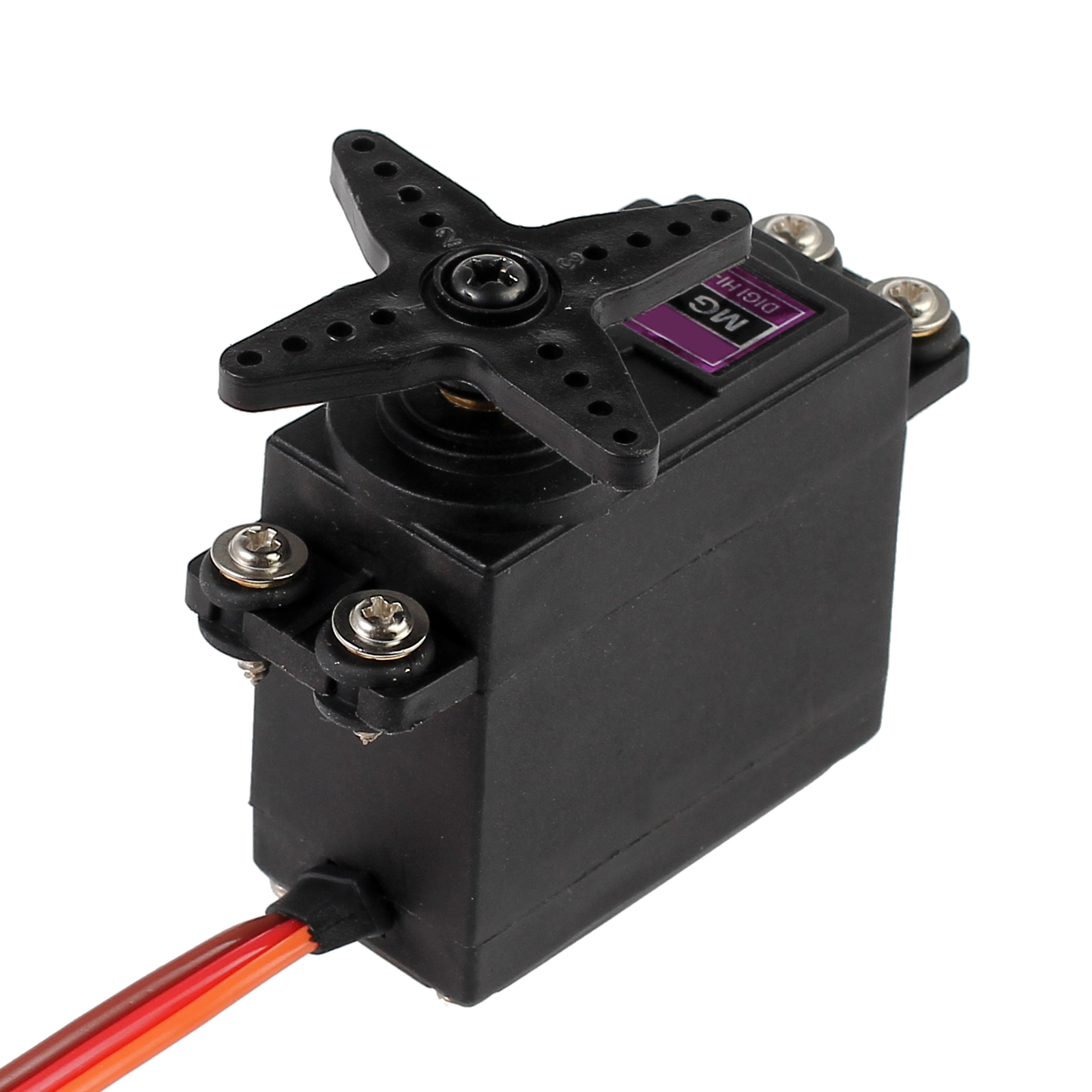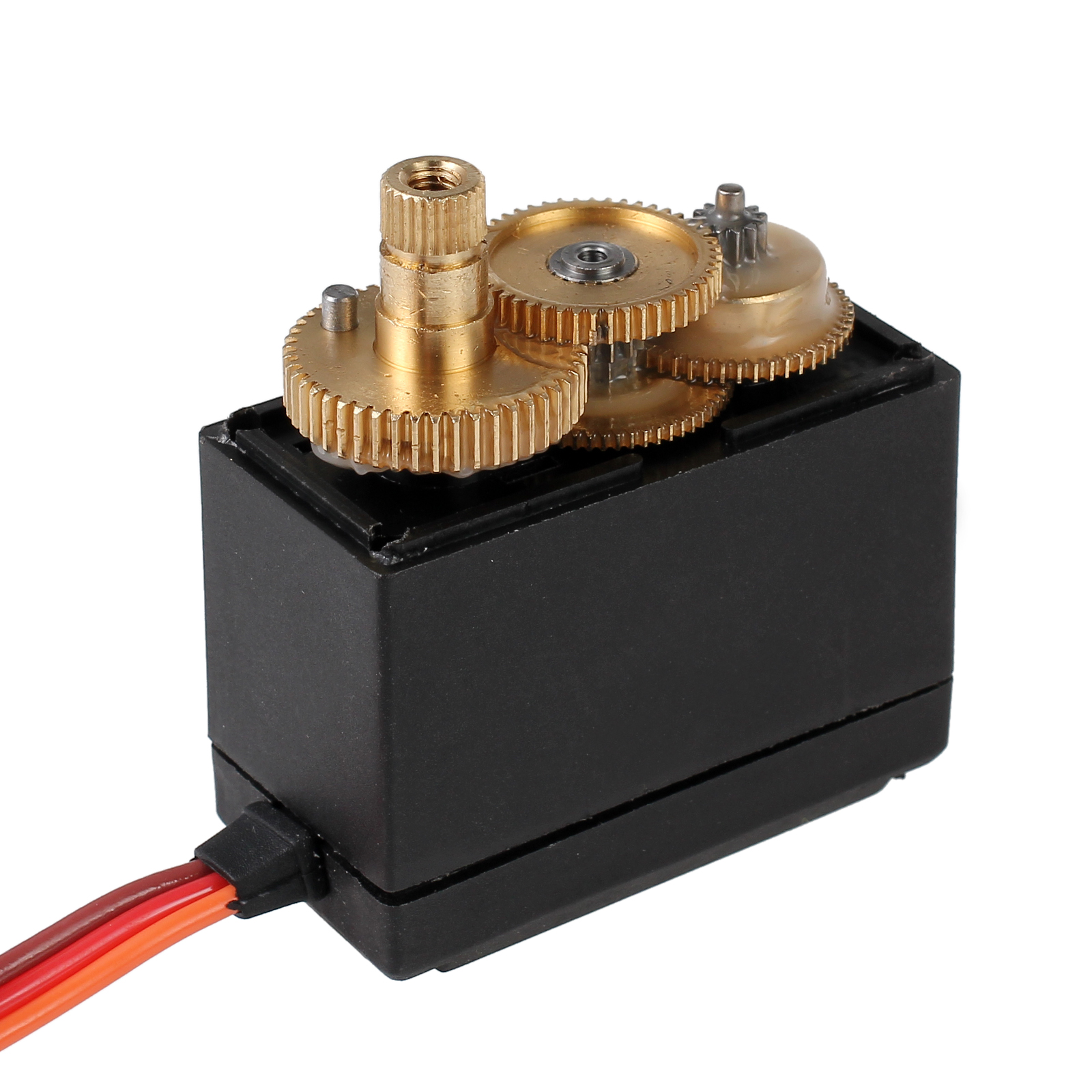- Servo Gearbox Torque Calculator For Sale
- Servo Gearbox Torque Calculator Conversion
- Servo Gearbox Torque Calculator Parts
- Servo Gearbox Torque Calculator Online
When sizing a motor, one of the most important factors is the required torque. In general, motor torque-speed curves outline two primary areas of permissible torque: continuous and intermittent. Intermittent motor torque is allowed only for a short time (specified by the manufacturer) and in most cases is the torque required during acceleration. A motor’s continuous torque is determined by calculating the root mean square of all the torques that occur throughout the application, which typically includes torque during acceleration, torque during constant speed, and torque during deceleration.
Constant speed torque
Servo Gearbox Torque Calculator For Sale
A servo gearbox needs to deal with high input speeds, have a wide operating range, provide adequate torque for the application, be robust enough to handle continuous and repetitive use, and have low gear backlash. The specific type of gearbox to use depends on the application and space requirements. Common servo gearbox types include. I agree totally, a reliable calculator would be nice. Meanwhile, I use the plane manufacturer servo recommendations and try to find a cheaper and lighter servo with at least the same speed and torque. It's particularly relevant with old design planes recommendations, newer servos being far superior, but I have to modify the servos holders.
The motor torque required at constant speed is the sum of the torque needed to drive the load, the preload torque of the screw assembly, and the torque due to friction of the support bearings and seals.
Tc = torque at constant speed (Nm)
Td = torque to drive the load (Nm)
Tp = torque due to preload (provided by manufacturer) (Nm)
Tf = torque due to friction of support bearings and seals (provided by manufacturer) (Nm)
Drive torque is primarily influenced by the axial load on the screw and the screw’s lead.
Fa = total axial force (N)
P = lead (mm)
η = efficiency of ball screw
The axial load is not only the process force (drilling, punching, etc.), but also includes the force required to move the load. Since most ball screw assemblies use profiled guide rails to support the load, this will simply be the force that the load exerts radially (downward) times the coefficient of friction of the guide.

F = axial process force (N)
m = mass being moved (kg)
g = acceleration due to gravity (m/s2)

μ = coefficient of friction of linear guide
Note that the preload torque fluctuates due to manufacturing tolerances and lead variation, so manufacturers will either provide a range of allowable values (for example, 0.04 to 0.17 Nm), or they will indicate an allowable percentage variation from a nominal preload torque value (for example, 0.10 Nm, ±40 %).


Acceleration torque
The maximum required motor torque often comes when the load is being accelerated. The total torque during acceleration takes into account the inertia of the system being moved and the motor’s acceleration.
Ta = total torque during acceleration (Nm)
Servo Gearbox Torque Calculator Conversion
Tacc = torque due to acceleration (Nm)
J = inertia of the system (kgm2)
ω’ = angular acceleration (rad/s2)
N = angular velocity (rpm)
t = acceleration time (s)
Jm = inertia of the motor (provided by manufacturer) (kgm2)
Js = inertia of the screw shaft (provided by manufacturer) (kgm2)
Servo Gearbox Torque Calculator Parts
Jl = inertia of the load (kgm2)
Deceleration torque
Deceleration torque is simply the torque at constant speed minus the torque due to acceleration.
For vertical applications, the torque required to cause back driving is important for determining whether the load will “fall” on its own, or if the screw assembly provides enough resistance to hold the load in place when no brake is applied. This article explains how to calculate the back driving torque.
Aside from being necessary to move the load or execute the process as desired, the required motor torque also determines the amount of current needed from the servo amplifier. When current is applied to a motor, it encounters resistance and, as a result, heat is generated. This heat is commonly referred to as I2R losses (I = current and R = resistance). Since heat is exponentially related to current, the required motor current, and thus the required motor torque, becomes a critical parameter for motor selection.
Servo Gearbox Torque Calculator Online
Feature image credit: Bishop-Wisecarver Corporation